Firearms & Ammunition
Conservation Fosters Hunting and the Shooting Sports
For almost a century, America’s firearms and ammunition manufacturers have shared a partnership with state and federal biologists through the Pittman-Robertson Act — a partnership that funds remarkable conservation success stories across America and fosters hunting and the shooting sports at the same time.
This partnership would be impossible without you, the craftspeople and business owners who help fund the Wildlife Restoration grants. Our Partner with a Payer initiative invites you to join us and see how your success keeps our country’s wild landscape open for all and sustains our robust tradition of outdoor stewardship.
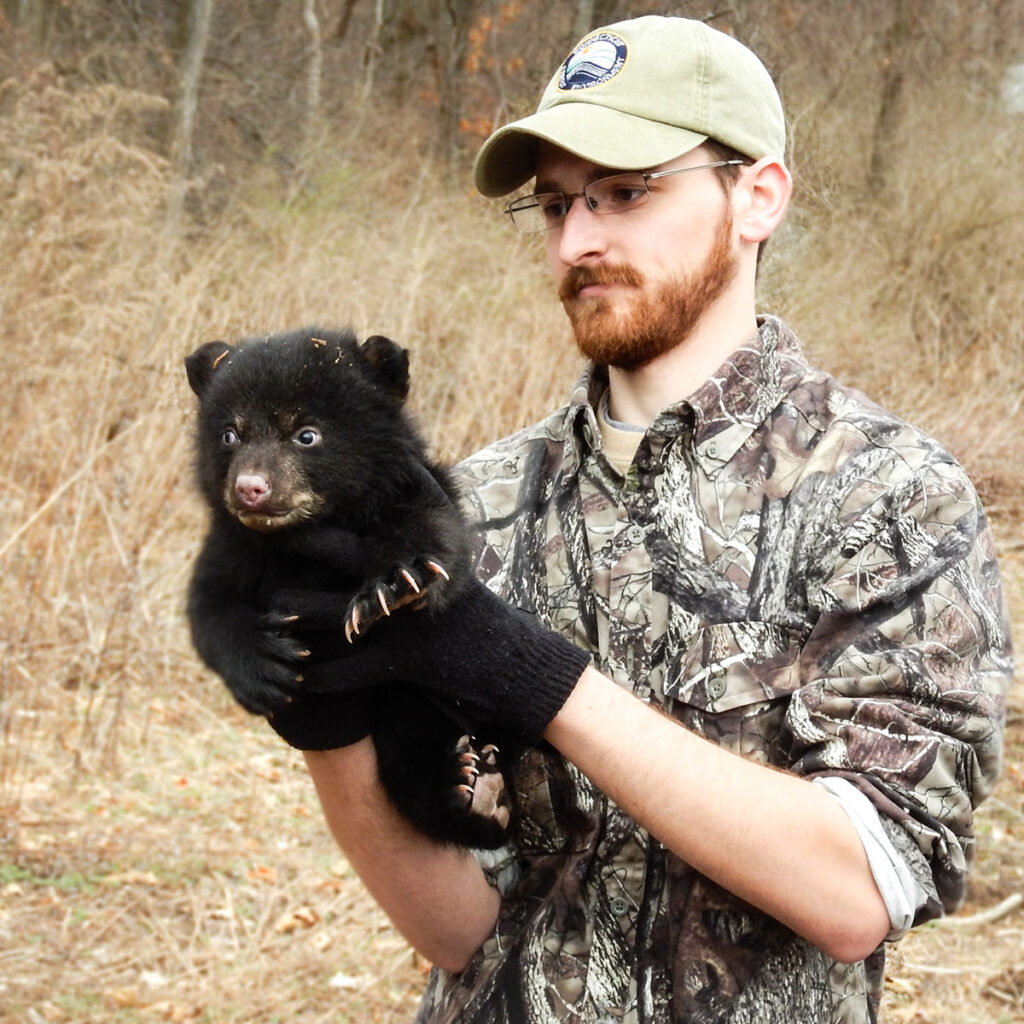
Restoring wildlife
Biologists study, monitor and manage 500 species of mammals and birds using federal excise taxes, like the many grants used to study and restore black bears — including more than 87 bear projects in 17 states since 2017.
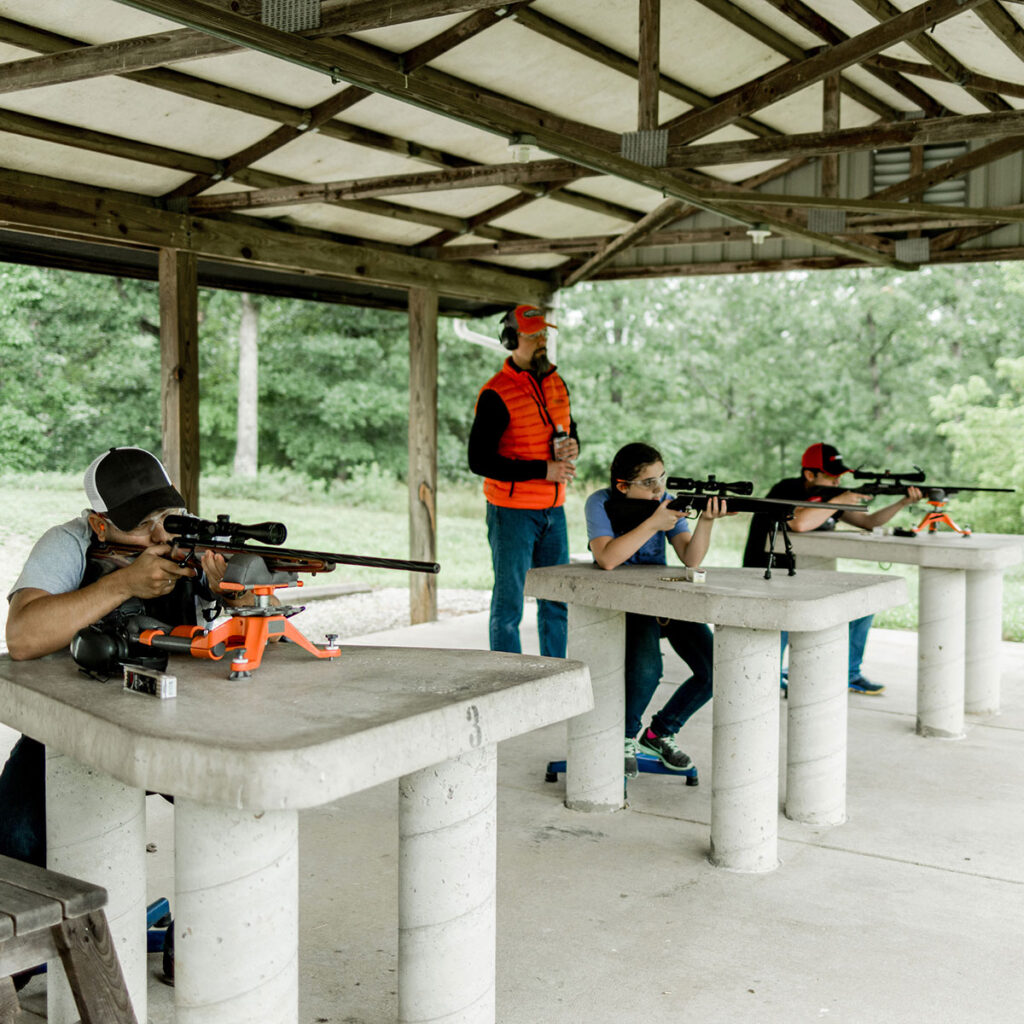
Supporting shooting facilities
Today, over 800 shooting ranges have been designed, constructed, renovated or opened to the public using federal excise taxes, like Arizona’s Ben Avery shooting complex, the largest of its kind in the United States.
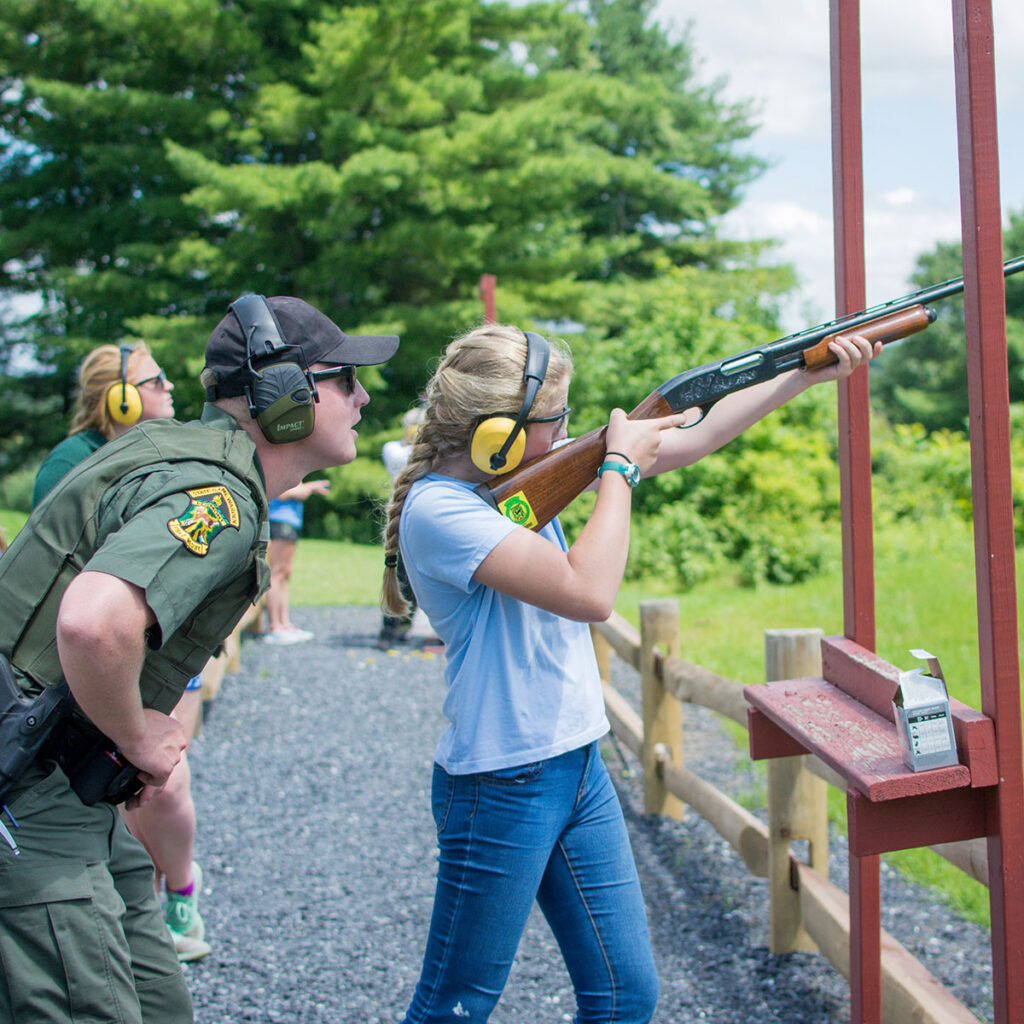
Welcoming new shooters
Every year, over 1 million people receive hunter education supported by federal excise taxes, like at Vermont’s Green Mountain Conservation Camp, where children learn to shoot alongside many other outdoor skills.
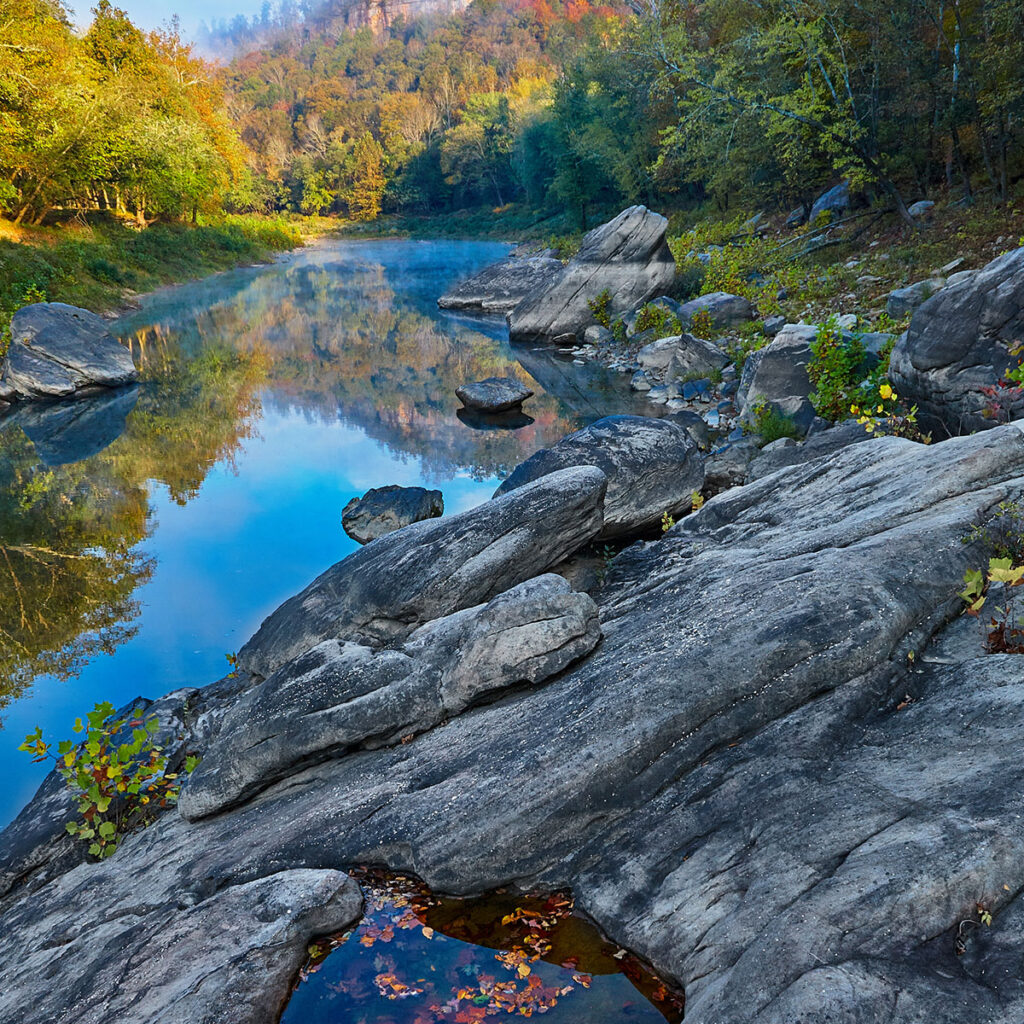
Conserving public land
More than 36 million acres are maintained for public access or habitat management with federal excise taxes, like Kentucky’s 2,900 acre Rockcastle River Wildlife Management Area, acquired in 2016 and now open to the public.
Did You Know?
Wildlife Restoration grants use federal excise taxes to ensure abundant wildlife, increase hunter access to millions of acres of wildlife habitat, and welcome new people into the shooting sports through education — a productive trifecta that ultimately benefits manufacturers.
Bighorn Sheep Population
Federal excise taxes provide the opportunity to observe population management
This important work is done for the health and preservation of the Bighorn sheep population, as well as many other species – in return providing enjoyment for both hunters and non-hunters alike.
Partner with a Payer: Hunting
Wildlife Restoration Successes
Partner with a Payer strengthens the ties between the people who make a successful conservation partnership work — the manufacturers that pay federal excise tax through the Wildlife and Sport Fish Restoration Acts, the state agencies that conserve wildlife and habitat across the country, and the U.S. Fish and Wildlife Service’s Office of Conservation Investment.
Funding for Partner With A Payer
In The News

Angling, Firearms & Ammunition
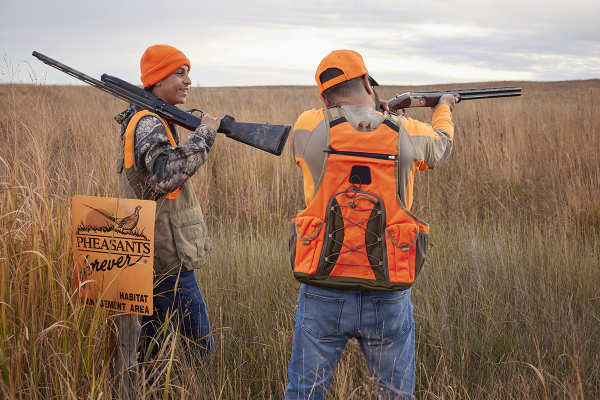
Angling, Firearms & Ammunition, News, R3
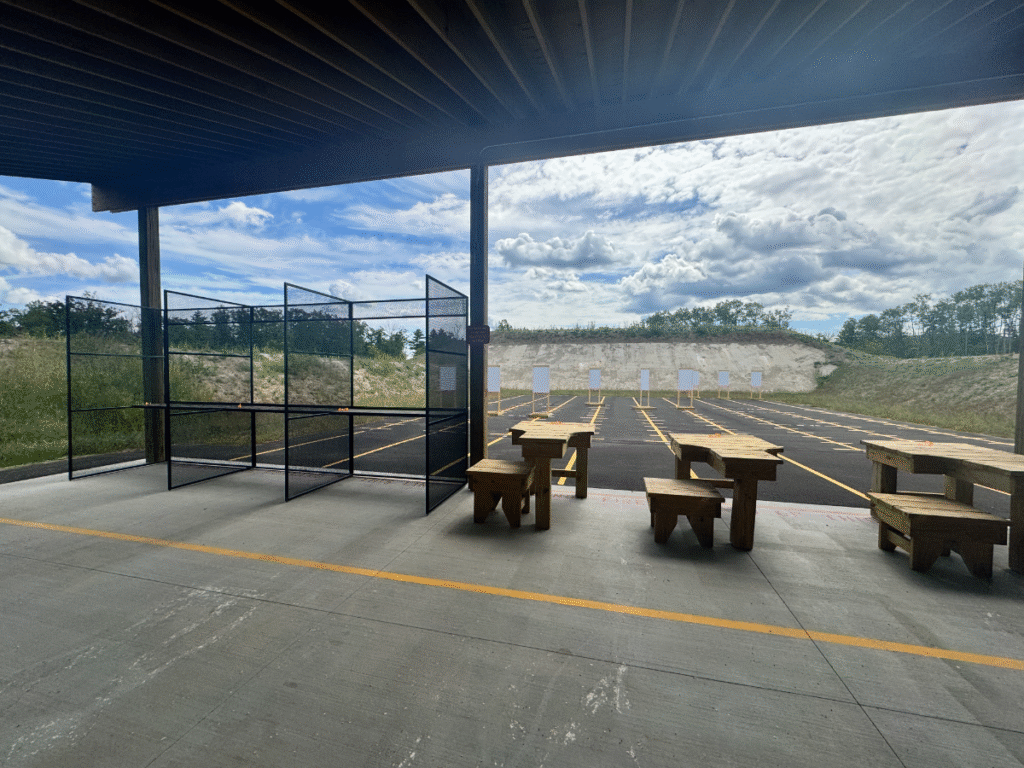
Archery, Firearms & Ammunition, News






